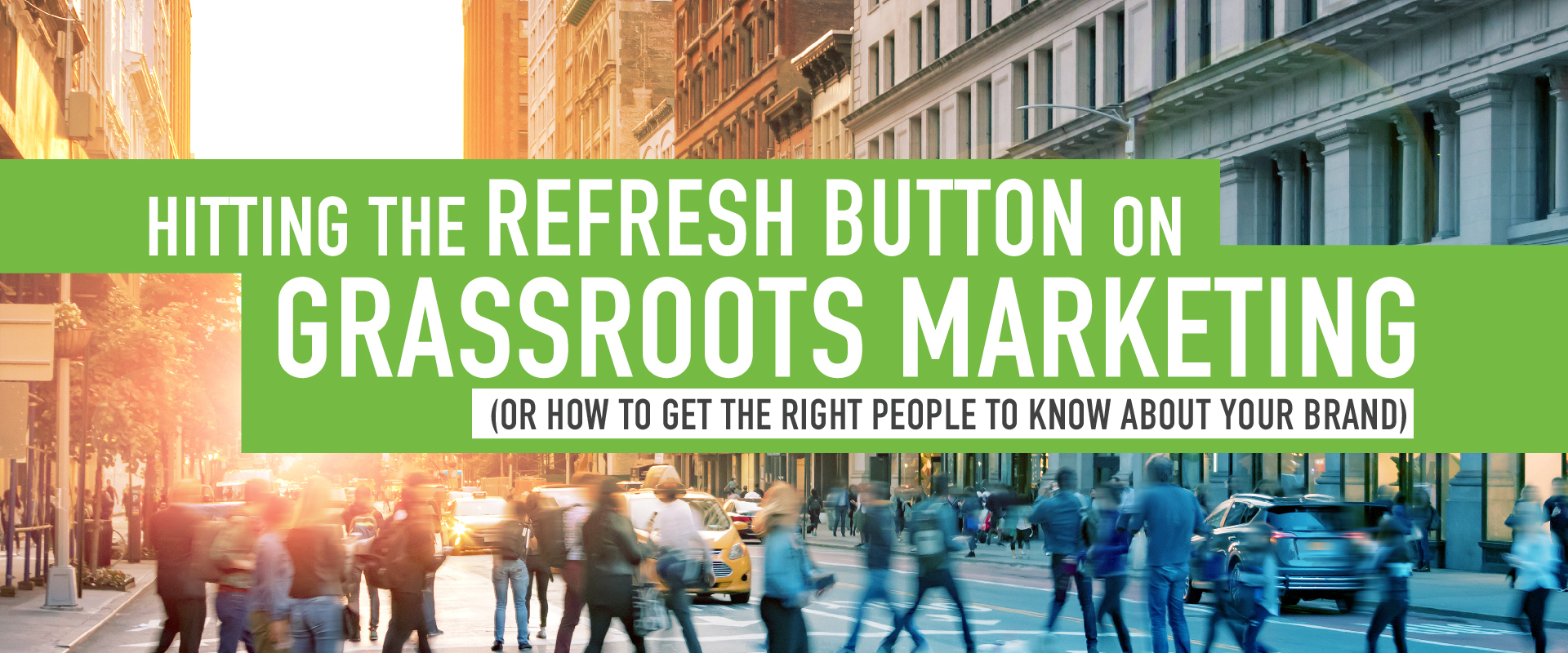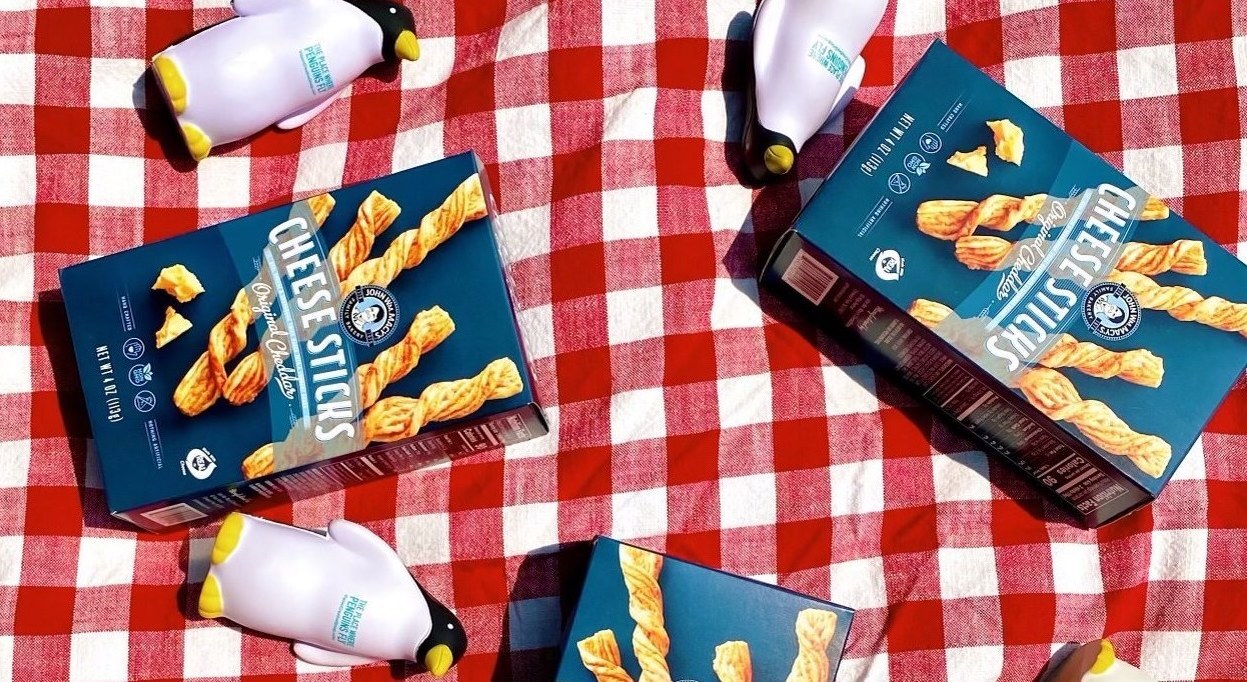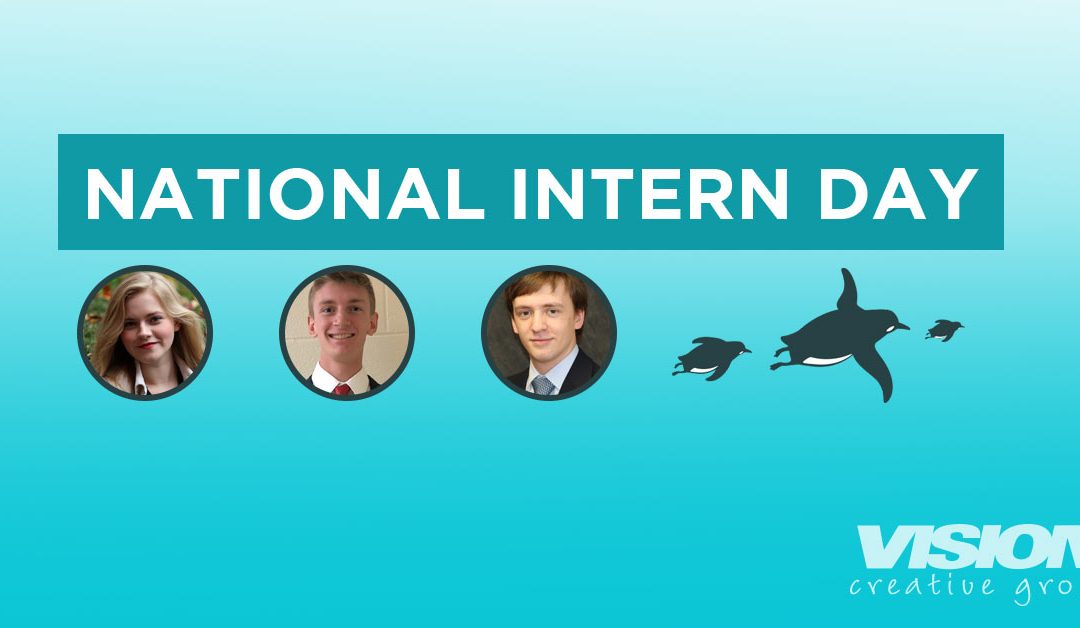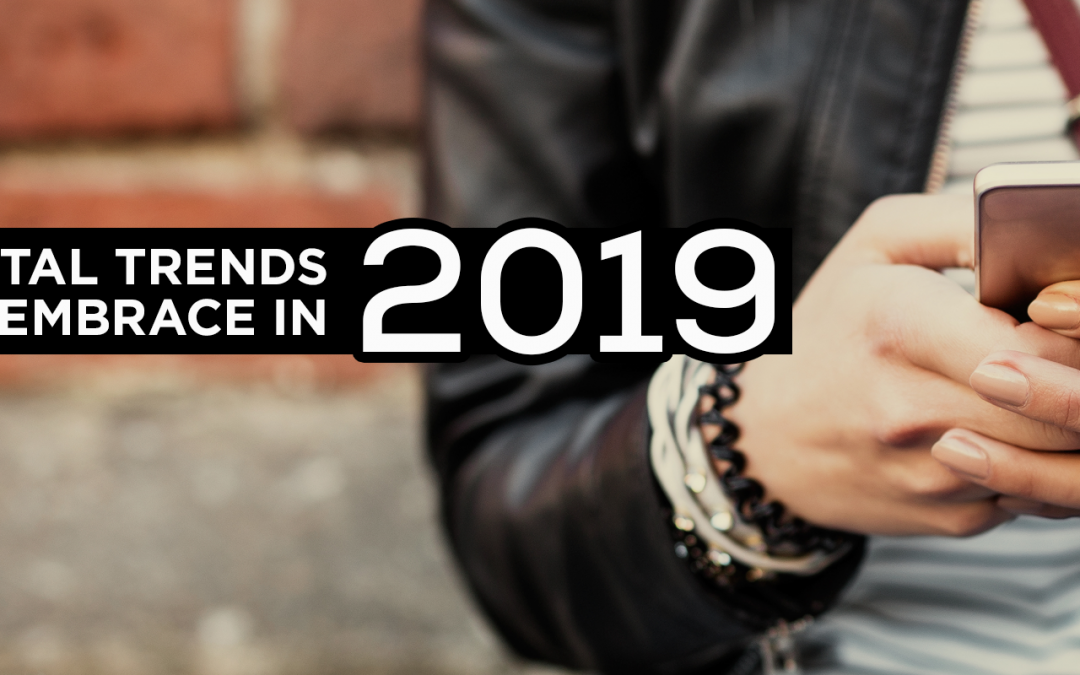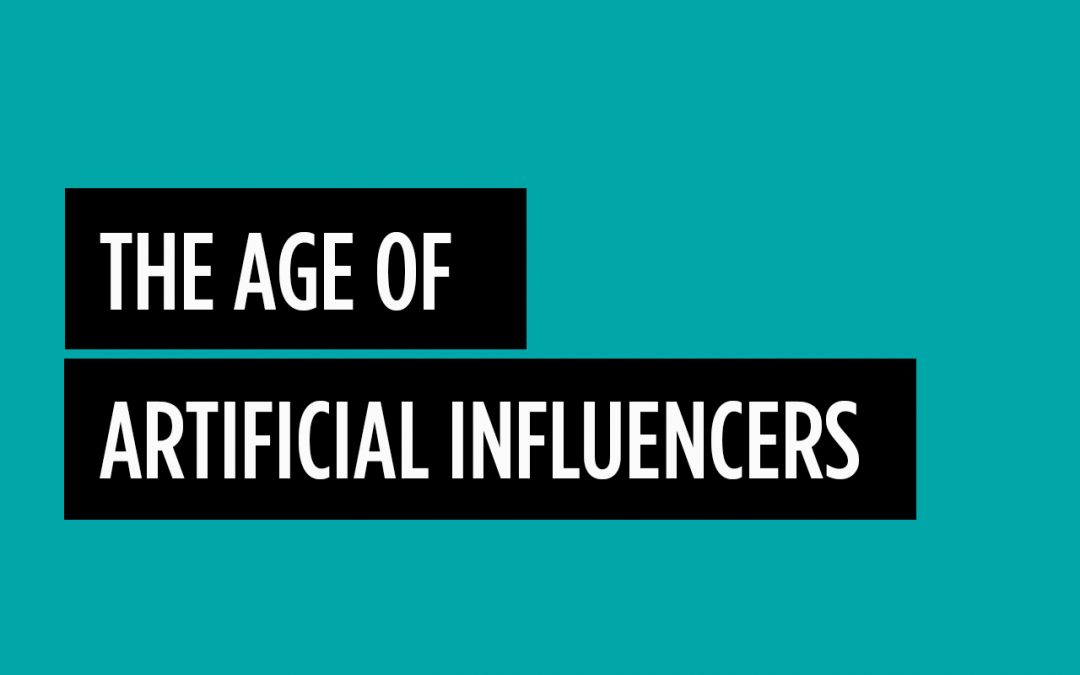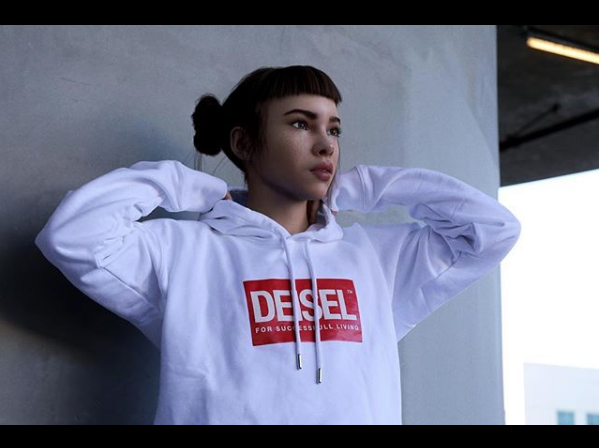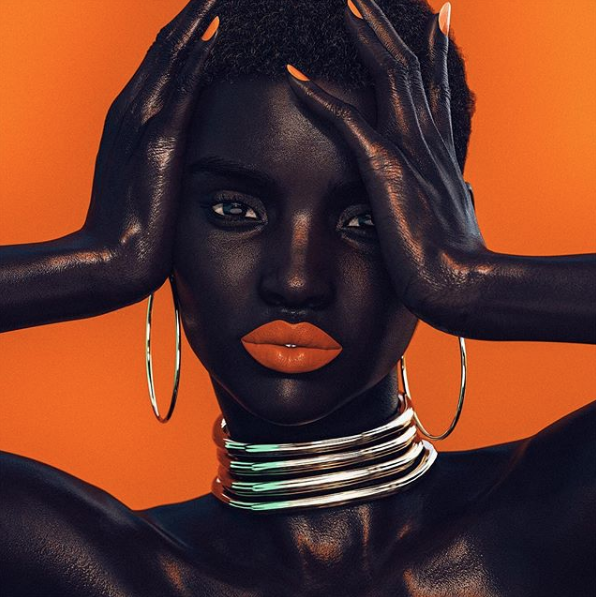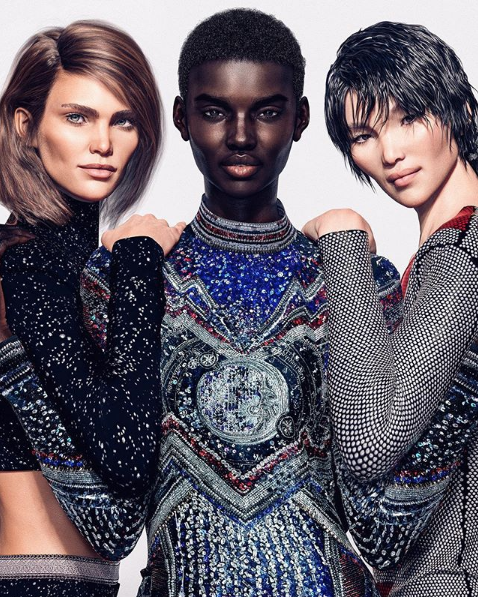Our Flight Crew makes penguins fly from the East Coast most days, but that doesn’t mean we don’t love spreading our wings every once in a while–especially when it’s to hone our skills so we can become even smarter, more efficient, and more digitally savvy when it comes to the latest industry happenings.

The AMI Digital Summit: The Flight Crew Heads to Chicago

The Flight Crew Heads to Chicago for a Digital Summit
Our Flight Crew makes penguins fly from the East Coast most days, but that doesn’t mean we don’t love spreading our wings every once in a while–especially when it’s to hone our skills so we can become even smarter, more efficient, and more digitally savvy when it comes to the latest industry happenings.
WHERE DID WE GO?
Recently a few members of the Flight Crew flew to Chicago for the Agency Management Institute (AMI) Digital Summit, an annual event that brings together agency employees in similar roles from across the country into one room to promote growth, sustainability, and connection.
WHO WAS AT THE DIGITAL CONFERENCE?
After working and attending seminars remotely for two years, physically being in a supportive and collaborative space was refreshing. Capped at 50 participants, the group was intimate enough for conversation and big enough to allow for a variety of perspectives. Everyone from digital producers (content writers, digital art directors, social media managers), digital strategists and account managers to programmers (coders, developers)and digital media managers fluent in SEO and SEM attended.
WHAT WAS THE DISCUSSION FORMAT?
The variety of roles in the group was crucial because everyone sent in questions to be included in our discussion guide, and so the list was quite diverse. Each agency was able to choose one question to ask the group over the course of the entire digital summit. Of course, we scrambled to decide on the best question, but it became a dynamic and fast-paced conversation where we all shared our favorite tools, techniques, and tricks. Here are two of our biggest takeaways.
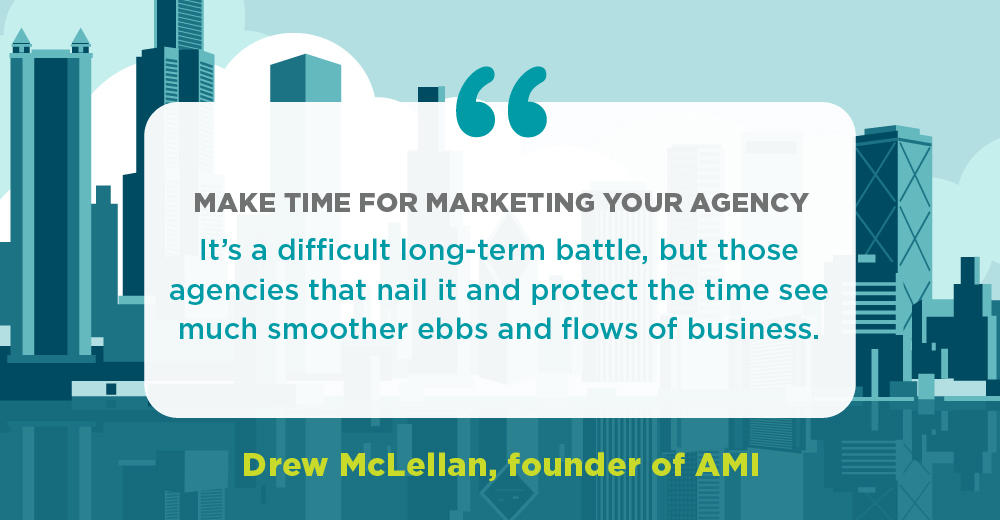
#1: MAKE TIME FOR MARKETING YOUR AGENCY
Easier said than done yet incredibly important, we discussed the struggle to balance how we prioritize our clients while also recognizing the need to tend to our own brand, communications, and messaging. Drew McLellan, founder of AMI, said it best: “It’s a difficult long-term battle, but those agencies that nail it and protect the time see much smoother ebbs and flows of business.”
There was a moment of commiseration among the group, but then everyone sprung into action to come up with solutions. First was looking at big picture goals and breaking down these goals quarterly, monthly, and weekly. This keeps things from becoming too overwhelming. Second, revisiting the goals behind the different components of your internal marketing initiative often helps to remind you of why you’re doing it and keeps things feeling fresh. Finally, we discussed the difficult to achieve yet vitally important idea of maintaining a time budget for internal marketing projects.
This way, the agency gets the attention it deserves without soaking up more energy from the team than it should. The Flight Crew came away from this conversation and set scheduled recurring internal marketing meetings with action items and due dates to instill a sense of purpose and keep big picture strategy in mind.

#2: PUT YOURSELF IN YOUR CLIENT’S SHOES
One of the biggest topics of conversation throughout the digital summit was, of course, how we can best understand and work to fulfill our clients’ needs. Since every client is unique, the group broke down a strategy that could apply to every agency-client relationship.
Ask yourself: Who is your client reporting to? What results do they need to represent success? And how can you be the agency that shows up and proves that you get it? First, it’s important to really connect with the client and for them to articulate what they’re looking for as best as possible. Concentrating on what their upper management wants to see and take away from a campaign rather than a few data points will give you a clearer idea of what data is important and what kind of takeaways you should be looking to draw out.
How do you determine which insights are important for not only your client, but for the person they are reporting to?
- What is the larger goal? It’s easier to start with what you know and the bigger concept, then widdle it down. Then, think about which data will relate most to this larger goal. This is the data to consider first.
- Second, what is the report/data going to be used for? Being aware of this will both inform how you look at the data itself and will show that you understand the client on a deeper level. The third point takes showing your understanding of the client a step further.
How are we setting our clients up for success? This allows you to show your worth to your clients by being transparent and displaying your knowledge of exactly how your actions bring them closer to their goals. This makes it clear that you’re not only putting yourself in your client’s shoes during meetings, but always thinking about ways you can help them achieve their goals.
BRINGING OUR LEARNING BACK TO THE REST OF THE TEAM
We all agreed that attending the AMI Digital Summit was a revitalizing, educational, and inspirational experience. Not only were we able to absorb information from others in the industry, we were also able to pass on our learning to the rest of our crew. When we returned from Chicago, the entire team gathered at our agency (for the first time since the beginning of Covid!) for a presentation and group discussion about our takeaways. To say we left feeling energized and smarter would be an understatement. We can’t wait for the next learning opportunity!

The AMI Digital Summit: The Flight Crew Heads to Chicago
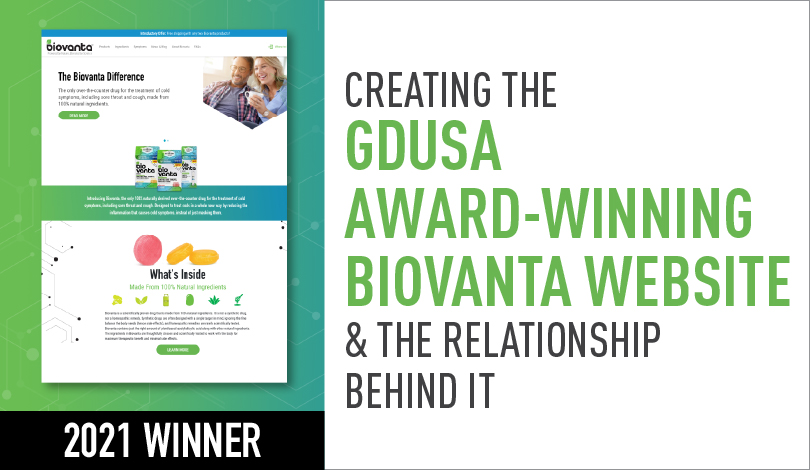
Creating the GDUSA Award-Winning Biovanta Website & the Relationship Behind It
Winning a GDUSA award is always exciting because it’s both a celebration of our designers’ hard work and a time to reflect on our partnership with a client in relation to the project itself. We’re only as good as our last project after all, and our partnerships make us who we are. So let’s take a dive into not just creating the GDUSA award-winning Biovanta website, but into how it all came to be.
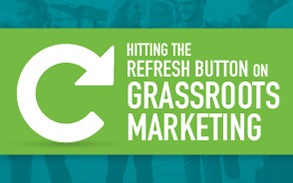
Grassroots Marketing
We recently brought a grassroots marketing campaign to life in Central Park for the family-owned snack company John Wm. Macy’s. Our experience got us thinking about the core aspects of grassroots marketing and audience engagement, and what it takes to create a successful campaign. It’s a layered concept, so let’s dive in together.
